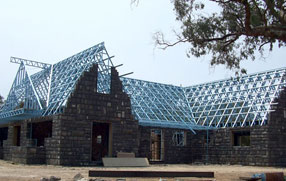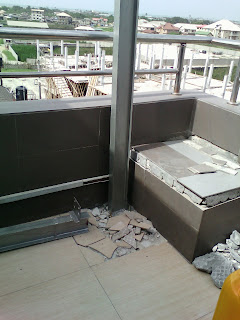LIGHT GAUGE STEEL (LGS)

For players in the built environment TITLE: LIGHT GAUGE STEEL (LGS) Light gauge steel construction is very similar to wood framed construction in principle - the wooden framing members are replaced with thin steel sections. The steel sections used here are called cold formed sections, meaning that the sections are formed, or given shape at room temperature. This is in contrast to thicker hot rolled sections that are shaped while the steel is molten hot. Cold formed steel is shaped by guiding thin sheets of steel through a series of rollers, each roller changing the shape very slightly, with the net result of converting a flat sheet of steel into a C or S-shaped section. The steel used here is coated with zinc (called galvanized) or a mixture of zinc and aluminum (called zincalume or galvalume by some) to protect it from corrosion . The thickness of this coating can be varied to suit a range of environments. Typically, marine environments requi...
